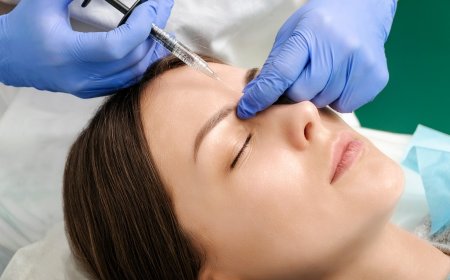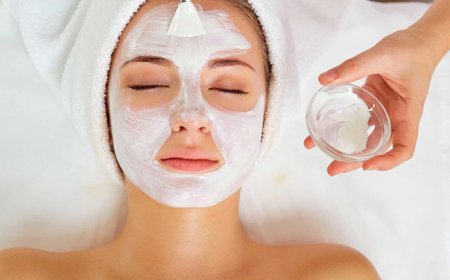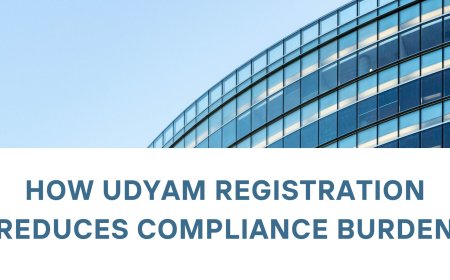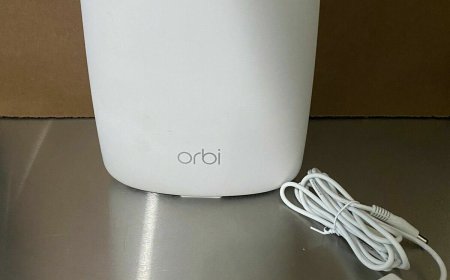Diet and Lifestyle After Gynecomastia Surgery
Gynecomastia surgery is a transformative step for men looking to achieve a flatter, more masculine chest.
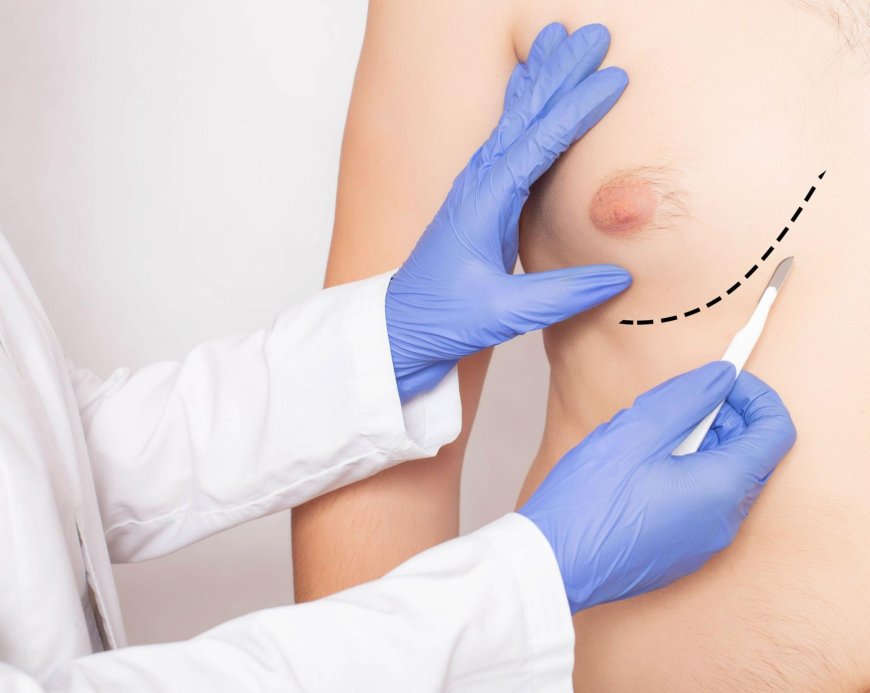
Gynecomastia surgery is a transformative step for men looking to achieve a flatter, more masculine chest. Whether the condition was caused by hormonal imbalance, medication side effects, or lifestyle choices, surgery can effectively remove excess glandular tissue and fat. However, the journey to long-lasting results doesnt end once the operation is over. What follows is equally crucial: maintaining a proper diet and adopting a healthy lifestyle. If you're considering Gynecomastia Surgery in Islamabad or have recently undergone the procedure, understanding post-surgery lifestyle guidelines can significantly influence your recovery and results.
In this blog, well explore essential diet tips, exercise guidelines, and overall lifestyle adjustments that can help you maintain your surgical results and enhance your overall well-being.
Why Post-Surgical Care Matters
After gynecomastia surgery, your body enters a healing phase that can last several weeks. During this time, your body works to regenerate tissues, reduce swelling, and stabilize your new chest contour. Diet and lifestyle choices can either speed up this process or hinder it.
In the short term, proper care prevents complications like infection or fluid buildup. In the long term, it prevents weight gain or hormonal imbalances that could cause recurrence or compromise the surgical results.
The Ideal Post-Surgery Diet: What to Eat and What to Avoid
1. Prioritize Protein for Healing
Protein is essential for tissue repair and muscle building. After surgery, increasing your protein intake helps the body heal more efficiently and supports skin tightening.
Good protein sources include:
-
Lean chicken, turkey, or fish
-
Eggs
-
Greek yogurt
-
Legumes and lentils
-
Protein shakes (if approved by your surgeon)
2. Focus on Anti-Inflammatory Foods
Reducing inflammation helps minimize post-op swelling and speeds recovery.
Best anti-inflammatory foods:
-
Leafy greens (spinach, kale)
-
Berries (blueberries, strawberries)
-
Turmeric and ginger
-
Nuts and seeds
-
Olive oil
3. Hydrate Consistently
Staying hydrated helps flush out toxins, reduce bloating, and supports overall healing.
-
Drink at least 810 glasses of water daily.
-
Limit sugary drinks, sodas, and caffeine.
4. Minimize Sodium Intake
Excess sodium can lead to water retention, increasing swelling and discomfort.
-
Avoid processed and canned foods.
-
Choose low-sodium alternatives when possible.
5. Limit Sugar and Saturated Fats
Sugary and fatty foods not only contribute to weight gain but can also trigger inflammation.
-
Cut down on fried foods, sugary snacks, baked goods, and high-fat dairy products.
-
Opt for whole foods and home-cooked meals instead.
Lifestyle Changes for Sustainable Results
Gynecomastia surgery isnt just a physical transformationits an opportunity to reset your habits. Here are lifestyle changes that can help you maintain results and improve your overall health.
1. Maintain a Stable Weight
Sudden weight gain can result in fat accumulation in the chest area, reversing some of the surgerys effects. Maintaining a stable, healthy weight post-surgery is key.
-
Track your calories if necessary.
-
Weigh yourself weekly to monitor fluctuations.
2. Regular Physical Activity
While you'll need to wait several weeks before resuming intense workouts, light activity such as walking can begin soon after surgery.
Post-op exercise timeline (subject to your surgeons clearance):
-
Week 12: Light walking to promote circulation.
-
Week 34: Gradual return to cardio exercises.
-
Week 6+: Resume strength training (avoid chest-focused exercises until cleared).
Strengthening the body overall while maintaining chest aesthetics is ideal for long-term satisfaction.
3. Quit Smoking and Alcohol
Both smoking and heavy drinking negatively affect healing and hormonal balance.
-
Smoking slows wound healing and increases risk of complications.
-
Alcohol disrupts liver function and estrogen-testosterone balance.
For optimal results and long-term health, its best to minimize or completely eliminate both.
Hormonal Health and Monitoring
Hormonal imbalances are one of the most common underlying causes of gynecomastia. After surgery, its essential to keep your hormone levels in check to avoid recurrence.
Tips to Support Hormonal Balance:
-
Avoid anabolic steroids and overuse of protein supplements.
-
Manage stress through meditation or yoga (as stress can increase estrogen levels).
-
Get regular blood work to monitor testosterone and estrogen levels.
-
Sleep 78 hours a night to support endocrine health.
If hormonal imbalance is suspected, consult with your healthcare provider to consider treatment options such as hormone therapy or supplements.
Supplements: Helpful or Harmful?
Many patients wonder if supplements can aid in healing or prevent gynecomastia from returning.
Helpful Supplements (only after medical approval):
-
Vitamin C & Zinc Boost immunity and wound healing.
-
Omega-3s Fight inflammation.
-
Probiotics Support gut health and digestion.
Avoid These Without Supervision:
-
Testosterone boosters (can lead to aromatization into estrogen).
-
Anabolic steroids.
-
Hormonal enhancers.
Always consult your surgeon or endocrinologist before starting any supplement.
Psychological Well-being and Confidence
One of the major benefits of gynecomastia surgery is the boost in self-confidence and emotional relief it offers. However, mental wellness still requires active nurturing.
Ways to Support Emotional Health:
-
Join support groups or online forums.
-
Practice body positivity.
-
Engage in activities that boost confidence (sports, hobbies, fitness).
-
Consider counseling if body image issues persist.
A healthy mind contributes to a healthy bodyand vice versa.
Dress Smart During Recovery
Your post-surgery wardrobe also plays a role in healing and lifestyle adaptation.
-
Compression Garments: Wear as directed to reduce swelling and promote contouring.
-
Loose Clothing: Reduces irritation and allows for airflow.
-
Avoid Heavy Bags or Tight Straps: Especially during the first few weeks.
Being mindful of what you wear helps make the healing process smoother and more comfortable.
Final Thoughts
Recovery from gynecomastia surgery is just the beginning of your transformation. What you eat, how active you are, and your overall lifestyle will shape the final results and help prevent recurrence. Whether your surgery addressed true gynecomastia or pseudogynecomastia, long-term success lies in your hands.
If you are planning to undergo Gynecomastia Surgery in Islamabad or are in the post-surgical phase, these diet and lifestyle changes will be invaluable. Not only will they enhance your appearance, but they will also boost your overall health and confidence.
Trust the Experts at Dynamic Clinic
At Dynamic Clinic, we believe in supporting our patients before, during, and after gynecomastia surgery. Our team of skilled professionals provides detailed guidance on diet, exercise, and long-term care to ensure your results are both stunning and sustainable. Book your consultation today and take the first step toward a confident, healthy life.







